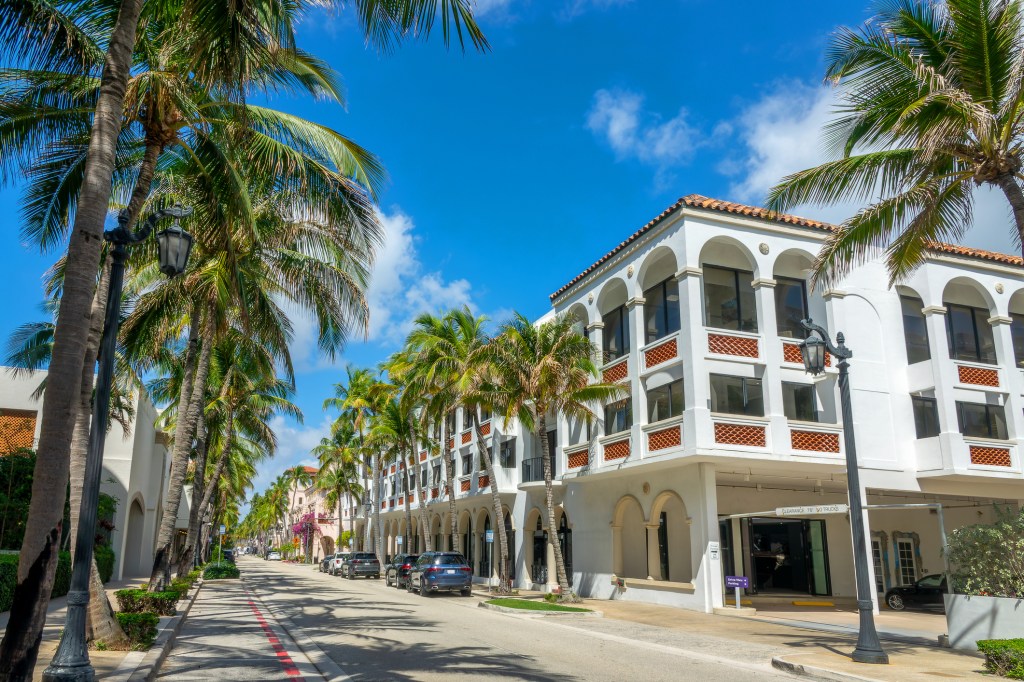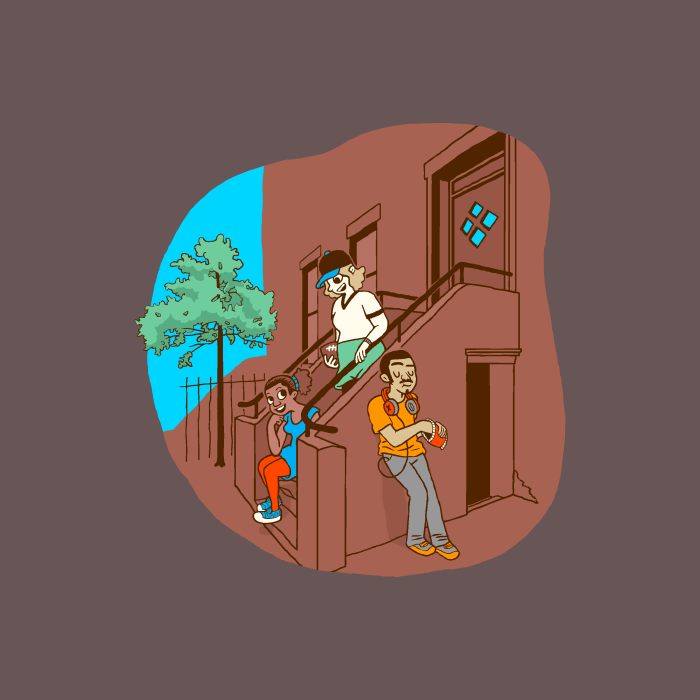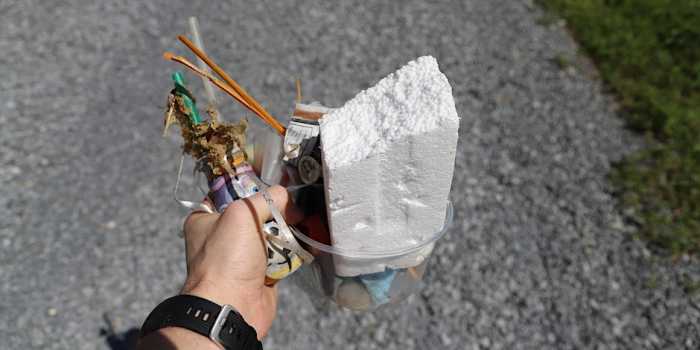Crazy Laws Still on the Books in the Hamptons

THE PROBLEM: People in their bathing attire began walking the streets in downtown Southampton displaying parts of their bodies that should not be displayed — at least according to the morals in effect at the time, which was 1910.
THE SOLUTION: A law was soon passed by the village making it illegal to “expose the part of your body from the top of the areola (the nipple) to more than halfway between the top of the hip to the knee.” This included, of course, the pubic area, the midriff and the lower two-thirds of the breast.
It was seriously enforced for many years. At one point, a codicil was added to the law. It said that if you were off the beach but headed toward your vehicle to go home, it was okay to expose these parts for the first 300 yards from the high-water mark.
People today downtown show much more flesh than back in those old days, and so this law is no longer enforced, though the level of eyebrow-raising disapproval varies depending upon where the current mayor’s aesthetics needle is pointing between prudishness and licentiousness.
As a result, the entrance roads leading into the village at Majors Path, Hill Street or Hampton Road sometimes sport signs reading, “Please obey our village dress codes,” and sometimes not. Between 2015 and 2020 the signs were up. But since 2021, not.
THE PROBLEM: After a flurry of painters and sculptors took up residence in Springs and Amagansett around 1950, they quickly built artist studios in which to work. By 2000, this migration began to subside and, lo and behold, second- or third-generation property owners took to renting out these studios to those less artistically inclined.
Well, single-family lots only allow one family at a time. So the use of art studios as second family homes was illegal. How do you tell if that is happening?
THE SOLUTION: Having kitchens or bathrooms in an artist’s studio became illegal. Having a toilet, oven or stove was proof. And so a dialogue began. Let’s get specific. Need to go? Set down your brushes and walk to the main house. As for preexisting toilets, ovens, and stoves, remove them. Indeed, an inspector would have the right to visit an artist studio at least once a year to see to it that such items were not present in art studios. As for the possibility that a painter, reaching exhaustion, might be allowed to have a cot in the studio for napping, or a pantry for food or a box refrigerator for beverages, the law was further modified to allow that, but then the artist himself needed to present his bona fides. He’d have to show written reviews of his work or scheduled gallery showings of it during the prior year or off into the future. There’d be no pretending to be an artist if that was not presented.
Thus, although no artist’s studio has ever been raided as far as I know, serious artists know they must toe the line to keep things on the up and up.
Well, that’s about it for crazy laws still on the books. But there is another category. Call it “Crazy Laws that Never Quite Made It To The Books.” Both of the examples below involve flowers.
THE PROBLEM: There was a time in the late 1980s when the City of New York spun out of control and almost went bankrupt. Violence was everywhere. Gangs ruled the streets. The parks were dangerous, closed at night. Shootings happened. And robberies in public on the street — muggings — were common.
Alarmingly, this behavior spilled out into Bay Shore and then into Westhampton Beach. Fights were frequent at many of the bars in town — Marrakesh, Scarletts, Morgan’s White Cap, Boardy Barn — and men on motorcycles looking for trouble were swooping through town after dark. On one particular night a man in a knife fight in a parking lot was killed.
THE SOLUTION: Flowers. The mayor met with religious leaders in Westhampton Beach. It was decided to reopen the local movie theatre that had been abandoned for several years. It would become a cultural center. And immediately — it was early July — up and down Main Street that year, the powers that be hung bushels of flowers from every lamppost available. It announced a new presence.
Right on schedule that Saturday night, the far-off rumble of motorcycles along Route 27 from the west heralded the arrival of the tough guys. They wore black leather and Nazi helmets and as they came downtown, the gang leader observed the bushels and bushels of petunias, daisies and geraniums hanging from all the lampposts. He held up the palm of his hand and came to a halt. All those behind him came to a halt.
“What the f***,” he said.
And he turned the whole parade of Harleys around and again taking the lead, roared back westward toward Patchogue, never to return.
THE PROBLEM: In 1982, three doors down from the movie theater on Main Street in East Hampton, an older man from Manhattan’s Beat Generation in Greenwich Village opened a gift and souvenir shop. I forget the name of it. I forget the man’s name too. But at the beginning of the second week in business, he hung a giant poster 6 feet high and 3 feet wide in the shop window. It was a full frontal view of a very naked lady who weighed about 400 pounds. A small sign on the ground adjacent to it said, “Tape This Poster to Your Refrigerator. Midnight Snacks will become a Thing of the Past.”
THE SOLUTION: A group of women from the Ladies Village Improvement Society soon visited his store. The LVIS, then and today, plants flowers and keeps the benches and flower tubs clean and tidy all through town. They asked him politely to remove his poster. He refused, citing his rights from the Constitution. They said they might order a boycott. He said he’d sue.
The standoff lasted much of that summer, and though I can’t say if the flowers the LVIS continuously refreshed and actually blocked the view of the naked lady had anything to do with it, he soon developed a terminal disease and died. And then the naked lady poster got removed.
Well, maybe this column does not end in exactly the way you thought it would, but there you go.









